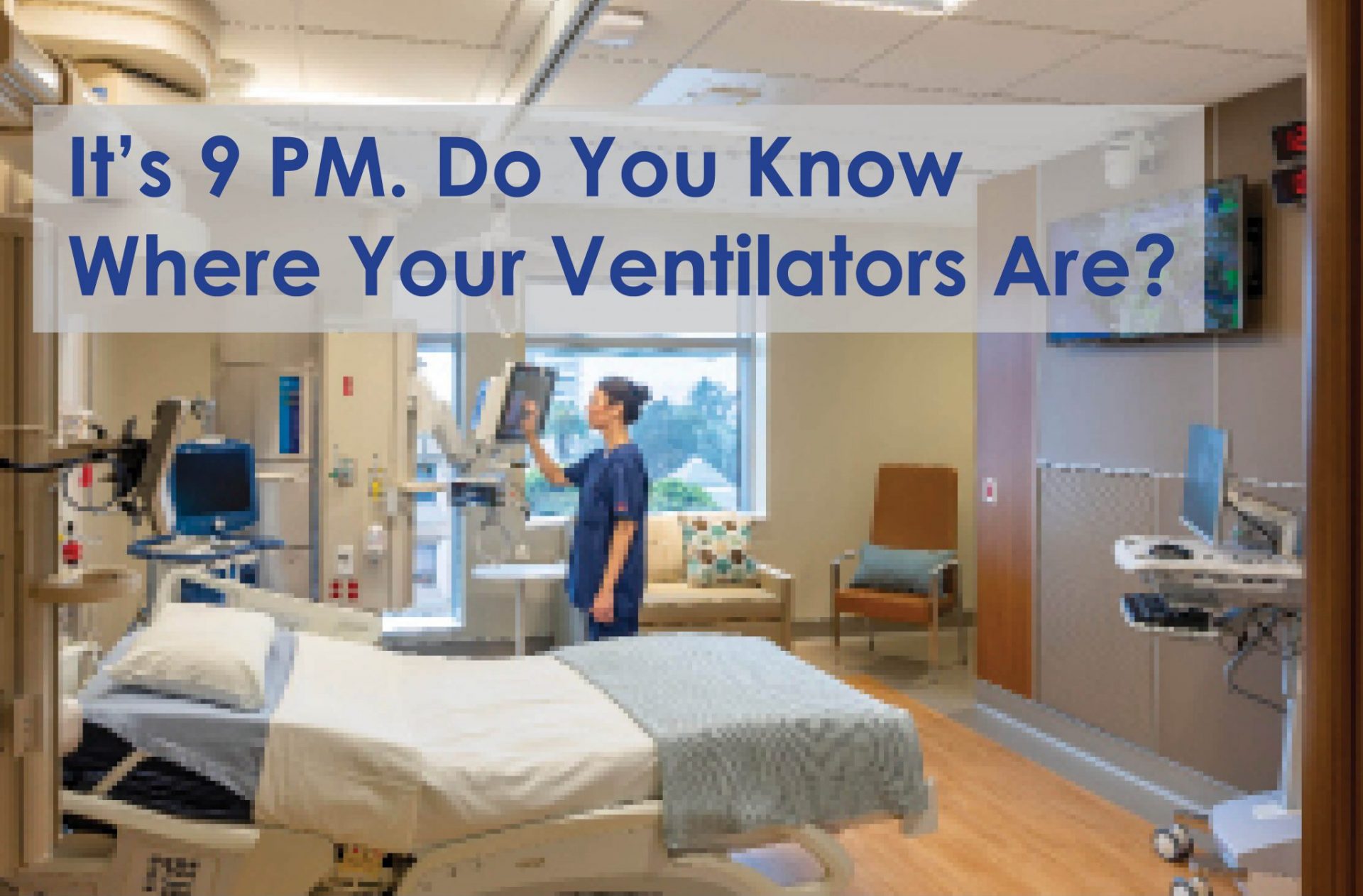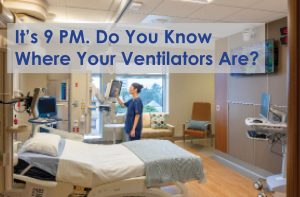
An RTLS can provide the following functions throughout a healthcare facility:
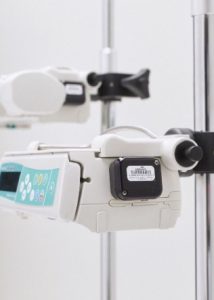
Figure 1: Midmark asset tag
Asset locator – Major equipment items (ventilators, beds, crash carts, etc.) can be fitted with electronic tags that indicate each item’s location. All moveable equipment of significant value or having a significant impact on workflow can be quickly located by medical staff, eliminating time lost searching for equipment. RTLS–supported applications for asset location include:
- Reporting equipment and supply location, inventory levels, and status
- Locating equipment due for preventative maintenance and/or update
- Associating equipment with patients to simplify charting and reduce potential errors
- Enabling decision support tools to assess equipment utilization and determine the need for rental equipment
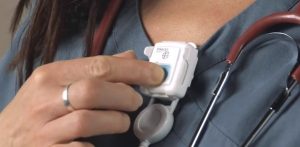
Figure 2: Stanley staff tag with help button
Staff locator – Integrated into an ID badge or as a separate card or fob, selected key staff members can be located immediately, cutting down the need for overhead paging and interrupting phone calls. RTLS–supported applications for staff include:
- Enhancing staff safety by providing location-specific alarms when a staff member presses the button on their RTLS badge, allowing help to come quickly
- Finding key staff when needed
- Enabling decision support tools for patient flow and room utilization
- Monitoring timing, frequency, and quantity of staff/patient interactions
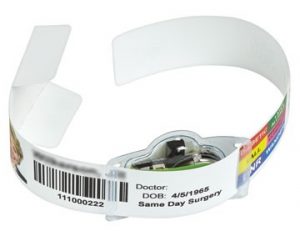
Figure 3: CenTrak disposable patient tag
Patient locator – Patient locators are issued as smart bands, bracelets, or pendants and can be used to locate patients throughout the hospital. RTLS–supported applications for patients include:
- Confirming the location of a patient, so that if a patient has been taken to Imaging their physician knows not to visit them
- Providing infant protection and patient wandering services to protect patients and family members in the facility
- Offering contact tracing capabilities so that staff can quickly identify everyone who has come into contact with an infectious patient while they have been in the building
- Monitoring timing, frequency, and quantity of staff/patient interactions
Visitor and vendor tracking – Integrating a facility’s visitor management system with the RTLS allows visitors and vendors to be tracked, and security can be notified automatically if a secure area has been breached or a visitor or vendor has wandered into the wrong area.
Major components of RTLS include tags and installed sensor devices that are installed within a medical office building, ambulatory surgery center, or inpatient hospital, with systems able to be retrofitted into existing facilities with minimal disruption to operations. Authorized staff can access graphical maps showing the location of each tagged asset, patient, and staff member. Interfaces to other systems, such as email and text messaging systems, are also provided to support notification and alert messages to hospital staff.
Integration between RTLS and other hospital systems can provide additional benefits by automating low-value tasks and freeing up staff to focus on patient care. An RTLS can provide a series of building blocks which, when combined with other clinical, administrative, and information systems, can significantly improve workflow, encourage patient engagement, and increase staff satisfaction. Some examples include:
- When integrated with a nurse call system, the RTLS can turn dome lights on and off and, where permitted by building code, cancel calls
- Display the name, photo, and job description of a staff member on the patient’s television display when they enter a patient room
- Prevent theft of expensive equipment by alerting Security if a tagged asset is leaving the building without an authorized staff member in close proximity
- Confirming staff hygiene guidelines are being followed by monitoring staff movements and confirming they access the hand hygiene dispenser on entering and exiting a patient room
As we cautiously move towards re-opening our outpatient healthcare facilities, the ability to address pandemic-related issues, such as physical distancing, contact tracing, and equipment supply chains, need to be considered. An RTLS is a useful tool that can provide healthcare providers with the information needed to improve patient care, protect staff, and enhance the overall healing environment.
This post was authored by Principal, Phil Crompton, who advises clients on healthcare technology strategic planning and workflow processes. Connect with Phil via email and LinkedIn.
Vantage is an independent technology consulting firm with no ties to vendors, manufacturers and installers. The products listed in this article are meant as an example of the types of solutions we recommend, not the specific vendor type.

